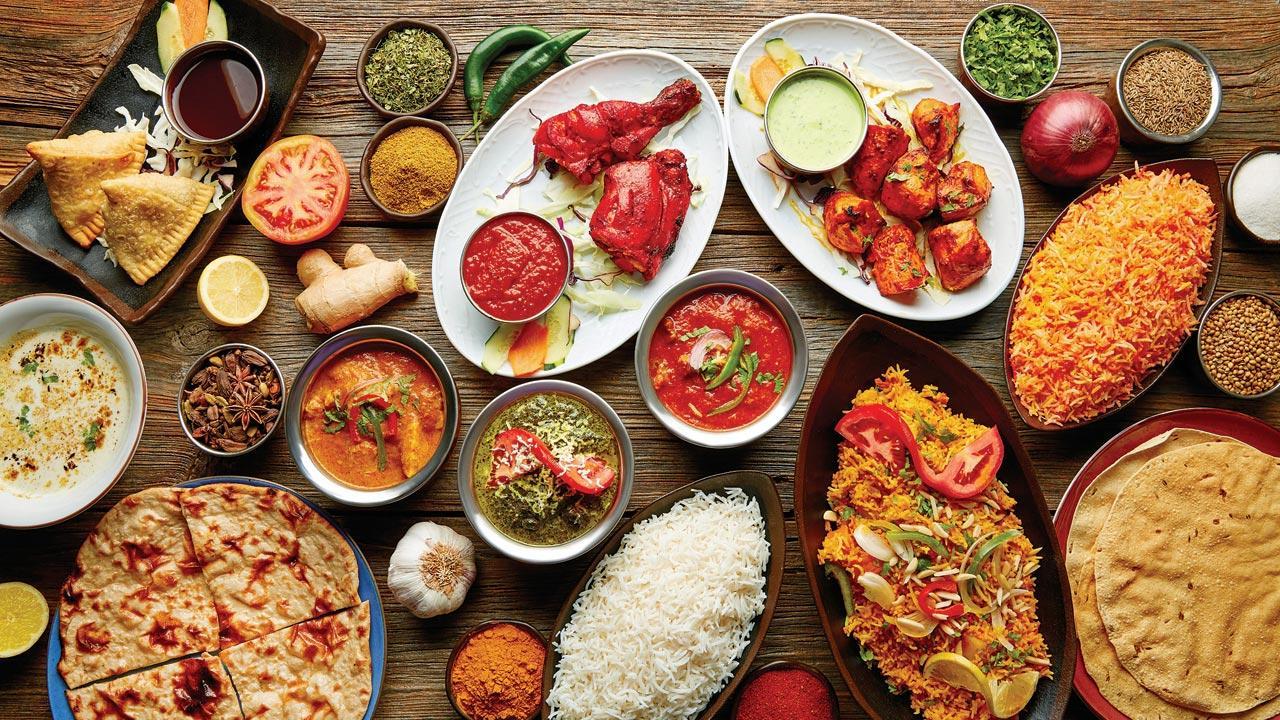Who is to say it is or isn’t, and why do opinions of food writers from the West continue to rile us?

Almost nothing that we think of as Indian cuisine really belongs to us. Our cloves are from Indonesia, coriander from the Middle East, and there have been a million well-documented lists of influencers from Persia and Mongolia to China, and even Greece
 Every six months or so, a food writer or celebrity from the West decides to say something about Indian cuisine that gets thousands of our fellow countrymen hot and bothered. A year or so ago, for instance, a British historian innocently maintained that idlis were the most boring things in the world. He must have been unprepared for the shock and anger that was triggered among people who supposedly believe in non-violence.
Every six months or so, a food writer or celebrity from the West decides to say something about Indian cuisine that gets thousands of our fellow countrymen hot and bothered. A year or so ago, for instance, a British historian innocently maintained that idlis were the most boring things in the world. He must have been unprepared for the shock and anger that was triggered among people who supposedly believe in non-violence.
ADVERTISEMENT
There were photographs of Indians eating plates of idlis surrounded by condiments, comments about the historian’s poor palate, insinuations about how his idlis must have been prepared by amateurs, and complaints about how misunderstood our cuisine has always been. We wanted him to acknowledge that he had made a mistake, and humbly accept that our food was faultless.
A month ago, another writer decided to dismiss Indian food as uninteresting by saying it relied on just one spice, only to unleash a horde of angry countrymen frothing at the mouth. Some insisted on his dismissal, insinuating that no one who didn’t understand Indian food could be taken seriously as a critic. It was the equivalent of Salman Khan fans insisting that critics writing off their idol’s movies shouldn’t be allowed to comment on cinema at all.
Indian food writers promptly jumped onto the bandwagon, putting up lengthy personal blogs to illustrate just why our cuisine is among the most complicated in the world. Those who weren’t food writers did what most Indians do on social media: harangue, question, or shout down all opinions that differed however slightly from their own.
I love Indian food. I’m Indian, so I simply refer to it as food, but I am always happy to walk into an Indian restaurant anywhere in the world because I have a pretty good idea of what to expect and find the idea comforting. This isn’t different from how all other human beings on Earth treat the food they grow up with, be it as complex as a Béarnaise sauce or as simplistic as fish and chips. How their bodies react to those dishes has less to do with how they taste and more to do with what those dishes represent.
Almost nothing that we think of as Indian cuisine really belongs to us, if we take the time to find out more about what we put into our mouths. The ingredients we sprinkle so liberally in our dals and pulaos have all come down to us over thousands of years via trade routes and foreign rulers: a fact we conveniently ignore because it gets in the way of our jingoism. Our cloves are from Indonesia, coriander from the Middle East, and there have been a million well-documented lists of influencers from Persia and Mongolia to China, Portugal, and even Greece. To write off something that rich and nuanced is to dismiss a whole host of other cuisines in the process.
There are lots of things related to food that ought to make us angry but never do. For one, the 2020 Global Nutrition Report comes to mind whenever these inane arguments about our dishes start to trend on Twitter. Apparently, India has made no progress towards reducing anaemia among women of reproductive age. Over half of all women aged 15 to 49 years are now affected. There has also been limited progress towards achieving diet-related non-communicable disease (NCD) targets. We have shown no progress towards achieving the target for obesity. All of these point to a number of potential problems on the horizon.
Our own reports are not very promising either. The latest National Family Health Survey (NFHS) based on the data collected in 2019-20 shows that children in 22 Indian states are more undernourished now than they were five years ago. Given that this was the case before the COVID-19 pandemic, experts believe current data to be much worse.
India’s poor, our women and children, and those living below the poverty line struggle to find a decent meal. Millions of them live in the shadows of our high-rises, ignored by us. It is only our privilege that allows us to get offended by what foreign food writers have to say. It is also our lack of empathy that prevents us from expressing those same levels of outrage when our government fails to guarantee the most basic nutrition for the poorest among us.
I have no interest in whether Indian cuisine is simple, complex, boring, or smothered in turmeric. All I am interested in is whether Indians have access to it.
When he isn’t ranting about all things Mumbai, Lindsay Pereira can be almost sweet. He tweets @lindsaypereira
Send your feedback to mailbag@mid-day.com
The views expressed in this column are the individual’s and don’t represent those of the paper
 Subscribe today by clicking the link and stay updated with the latest news!" Click here!
Subscribe today by clicking the link and stay updated with the latest news!" Click here!







